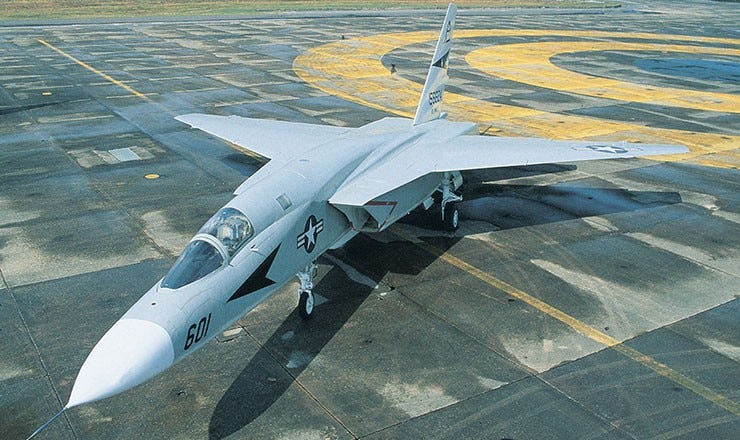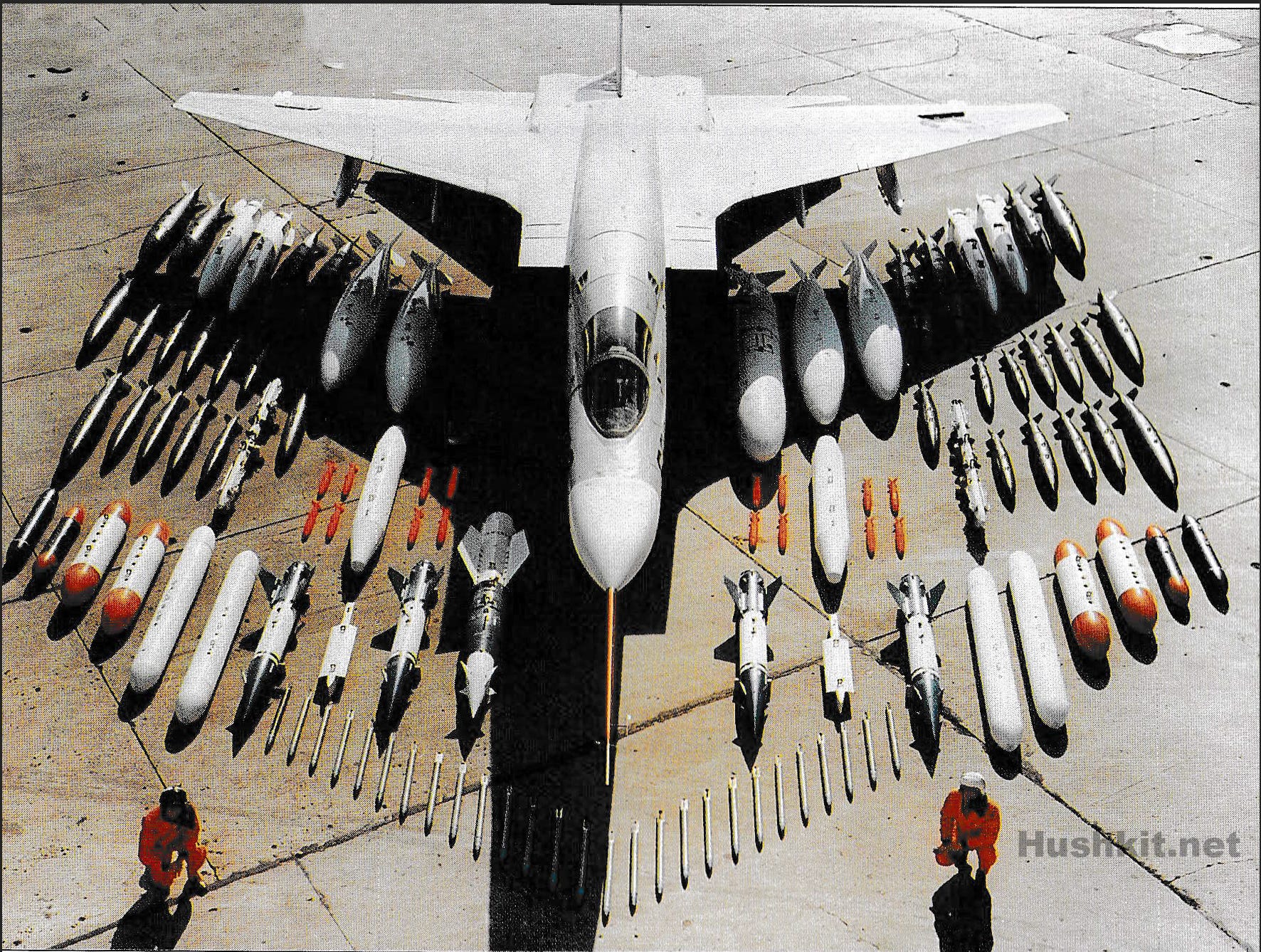“The MiG-19 was moving! So I banked to port, unloaded the aircraft while selecting burners and descended slightly while accelerating to Mach 1.4. So I am escaping at about 1400, while he is labouring up at 400 kts. No sweat. I couldn’t help myself, selecting international guard channeling I called “Adios motherfucker!”
A 12,000-word odyssey into the sexiest aircraft to ever take off from an aircraft carrier, in the words of those who took it into combat
I hate the Vigilante. It was beautiful, thrilling, innovative, and so fascinating it has proved hard to know where to stop my research. What started as an attempt to interview one Vigilante pilot ended in multiple interviews and many hours of deep research. You had to be brave to fly the Vigilante, as the designers had chosen the more exciting option when balancing forgiving handling against high performance. The accounts from the air and ground crews of the aircraft are full of hair-raising stories, and their technical insights give us a privileged peek into life in and around the most dangerous and glamorous job in flying.
North American Aviation is a strong candidate for the title of the most important US aircraft manufacturer of the war. Another North American product, the brilliant and ubiquitous B-25, had already demonstrated the viability of using a large bomber from an aircraft carrier during the rather ad hoc Doolittle Raid of the war, which rather rudely threw US bombers into the heart of the Japanese empire. The company was brilliant, creating the superb P-51, the versatile B-25, and perhaps even more importantly than either, the T-6 Texan, which trained so many Allied pilots. Whereas the jet age had flummoxed some of the great aircraft companies, notably Supermarine, North American (after a brief false start) leapt in with the F-86 in 1947, without doubt the best fighter in the world. However, they stumbled with the flawed F-100 and fumbled the ball with the cancellation of the F-107. They had everything to lose. The North American XF-108 Rapier, an exotic Mach 3 superfighter, also seemed unlikely to happen; the B-70 was even more ambitious and, costing the world, was also vulnerable to cancellation. Perhaps North American could harvest advanced technology from the Rapier and save their bacon?
The service story of the Vigilante starts with US naval aviation not wanting to be frozen out of the atomic age. Naval aviation had endured an uphill battle for acceptance in the 1930s, but the war had proven it vital. If the air force sucked up all the available funding for big bombers, Naval aviation could lose out. In the absence of real survivable bombers, the Neptune was roped in before a tailor-made solution came in the form of the Savage, powered by turboprops and pure jets, followed by a carrier aircraft so big it was nicknamed the Whale, the Sky Warrior. Even this was easy meat for a new generation of fighters; what was needed was something far faster. Loft bombing by tiny A-4s and slow A-1s was one solution, but it was clearly suicidal. The answer was a big, fast machine with all the latest technologies, able to go where it pleased with arrogant self-assurance, enter the Vigilante.
No expense was spared, and no innovation ignored. It first flew on 31 August 1958 and was a masterpiece of aero-engineering. It featured a fly-by-wire system (albeit a primitive one) decades before the F-16, blown surfaces, Mach 2+ performance, AN/ASB-12 Bomb Directing Set, variable geometry intakes, the first solid state digital computer in an aircraft – and a shoulder intake slim fuselage, high-to-mid mounted, swept-back wing configuration, which would become the shape of the next generation of fighters. It was also initially designed with two vertical tails, an overall form that foreshadowed the MiG-25, F-15, and F-14, among others. It was twice as fast as the aircraft it replaced, and not only did it promise to be the best attack aircraft on a carrier, in many ways it would be the best attack aircraft anywhere. Think TSR.2 with carrier capabilities six years earlier. It was an absolute rocket ship too, and it grabbed the world altitude record at an utterly ungodly 91,450 feet, and could outmanoeuvre
Keep reading with a 7-day free trial
Subscribe to Hush-Kit Aviation Newsletter to keep reading this post and get 7 days of free access to the full post archives.




